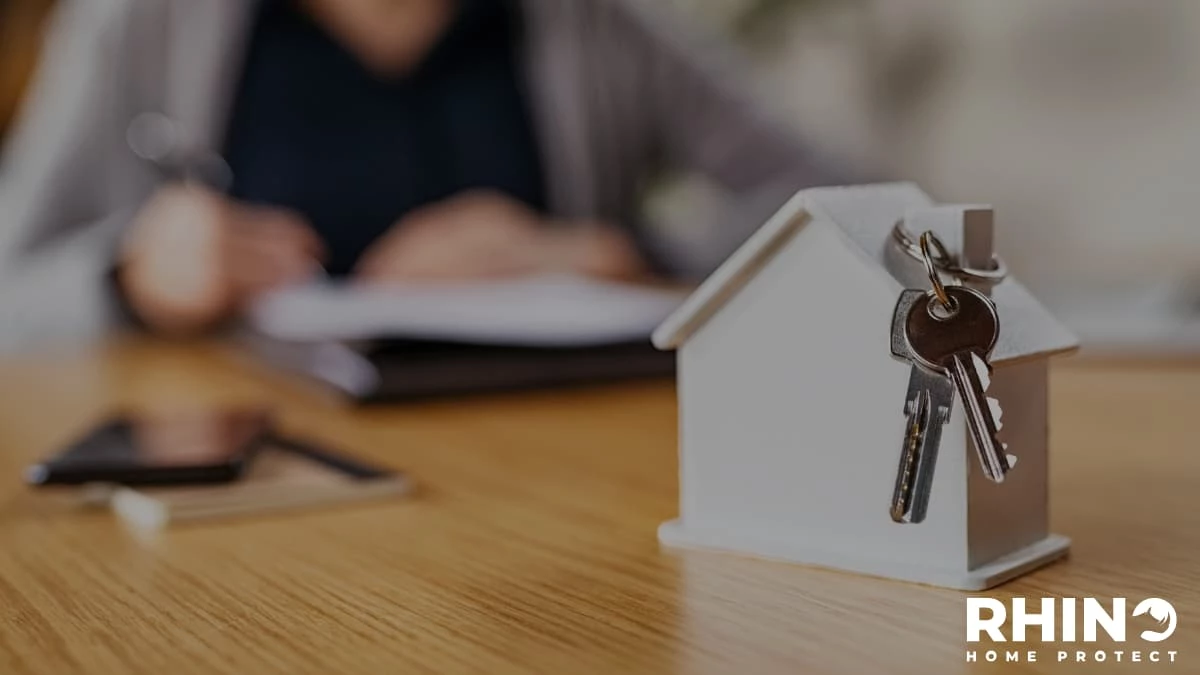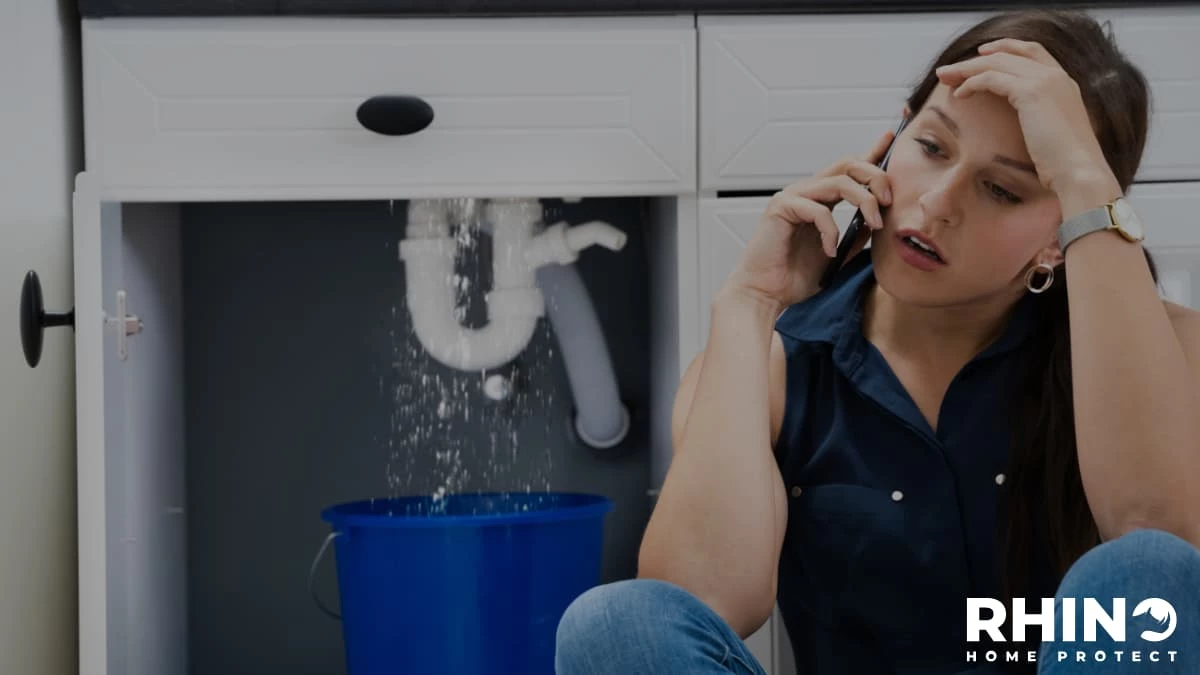What you should look out for when buying your first house
We’d like to think that vendors are always 100% upfront and transparent during the selling process, but unfortunately, it’s not always the case when you are buying a home.
Whereas it’s normal to want to present a place in the best light, some sellers will go beyond cleaning the bathroom and lighting a scented candle in the hall to woo buyers. In fact, some will use sneaky tactics to conceal a property’s flaws and tempt you into making that offer.
Don’t be fooled – here’s our list of what to be aware of when buying your first home.
Here's what you should look out for when buying your first home
You’ll be able to spot some issues during your viewing, so long as you're paying close attention and asking the right questions.
Others, you might need to investigate further to determine if your potential new home is affected.
Damp issues
Damp is unfortunately relatively common in the UK thanks to the abundance of older properties and the frequent wet weather. There are different kinds of dampness that can affect a home, including rising damp, condensation damp and penetrating damp – but the way they present themselves is similar.
Look for areas of discolouration in paint or wallpaper, tide marks around the bottoms of walls, dark patches around windows, peeling wallpaper and condensation on windowpanes.
The seller might have done a quick paint job to conceal signs of damp. If the property is older and the walls are freshly painted, look very closely at the paint, and run your hand along the wall to check for moisture, chalkiness, the beginnings of any bubbling of the paint or that unmistakable musty odour.
Bad windows
Look closely at the windows and their frames – both internal and external. They should be smooth, dry and firm to the touch if they're wooden. Fresh paint on old-looking windows might signify that they’re disguising wood rot.
If the frames are uPVC, they might be yellowing or have rusted screws or hinges, meaning they're overdue for replacement. Don’t be afraid to open and close the windows in every room during your viewing.
Even if the windows look good, ask the seller if a FENSA or Certass-certified contractor installed them. If the answer is a no, you might need to apply for building regulation approval for the windows from the local authority once you’ve moved in.
Toxic materials
This one might not be immediately apparent, but you should check to ensure no nasties such as lead pipes, radon gas or asbestos are associated with the property. Your seller must declare these things, but you might need to probe further if they're being evasive at the viewing stage. A home survey should pick these things up, but you don’t want to spend a large fortune on one if you suspect toxic materials.
Lead pipes are a dull brown-grey colour and will look very old. You can check if the area is in a radon gas hotspot by doing a postcode search online. Asbestos is tricky, as it’s not always identifiable. However, rest assured that if you buy a home from a seller who knows there's asbestos in the house and doesn't disclose it, you can sue them.
Cracks
Again, something a house survey would discover, but why get to that stage if the problems can be spotted from day one? Some people are happy to take on a fixer-upper, but for many buyers, subsidence is a major no-no as it can significantly affect a property’s value.
Hairline cracks in plaster and paintwork are normal and don’t usually indicate issues, but larger cracks of more than 3mm width, sloping floors, wonky windows and any cracks to the exterior are all tell-tale signs. If you’re viewing a cluttered home, don’t be afraid to ask for a peek behind large items like wardrobes in case they’re hiding cracks.
Dodgy electrics
Sorting lousy wiring in a property can be a challenging fix. Rewiring a 3-bed house can cost up to £8000 – and you probably won’t have this lying around after the expense of buying your first home.
Pay attention to the plug sockets and light switches during your viewing – are they loose? Is there any exposed wiring? If there’s something plugged in, ask the homeowner if you can touch your fingers to the plug to check it isn’t giving out heat.
Warm or hot plugs are a tell-tale sign of bad wiring, as well as flickering lights and vibrating sounds when a light is on. An Electrical Installation Condition Report might be your next port of call if you suspect an issue, as a basic home survey won’t check electrics.
Noise issues
You should certainly ask the homeowner if there are any noise issues, but don't be surprised if they fail to mention the weekly raves in the car park across the road. Homeowners are only obliged to disclose issues that involved authorities, such as the council or police, but have little motivation to tell potential buyers the ugly truth otherwise.
You’ll have to take the matter into your own hands and assess the area surrounding the house. If there are bars, pubs, and even busy bus stops or takeaways within a few hundred yards, you should expect some after-hours buzz.
It’s a good idea to visit in the evening on a weekend and take a stroll to get an authentic flavour of the neighbourhood. Try to bump into the neighbours while you’re casing the street – they’re more likely to give a balanced view than the seller.
View more than once
Don't rely on a single viewing if you're buying your first home. Even if you fall in love with the place, keep a level head and arrange another viewing soon afterwards. It’s advisable to go at a different time of day – that peaceful leafy street could turn into a gridlocked nightmare at school pick-up time, for instance.
Also – never make an offer on the strength of a virtual viewing. There’s so much – bad smells, dingy rooms, poor quality kitchens and bathrooms – that won’t be apparent over FaceTime. By all means, have a virtual viewing first, but you should always follow it up in person.
Know your rights
If you buy a property in the UK, it's essential to know that it's illegal for the seller to provide misleading or false information, or make omissions in the information they provide. Their solicitor should help them fill in the blanks, but if there’s anything they’ve stated that can be classed as misrepresentation, the buyer can sue the seller after the completion of the sale.
We hope this article has informed you of some potential issues to watch out for when buying your first home.
Remember, if your property purchase falls through and it isn’t your fault, you can claim back the money you’ve already spent upfront – such as conveyancing fees and home survey costs – with our industry-leading Rhino Home buyers Protection Insurance.



